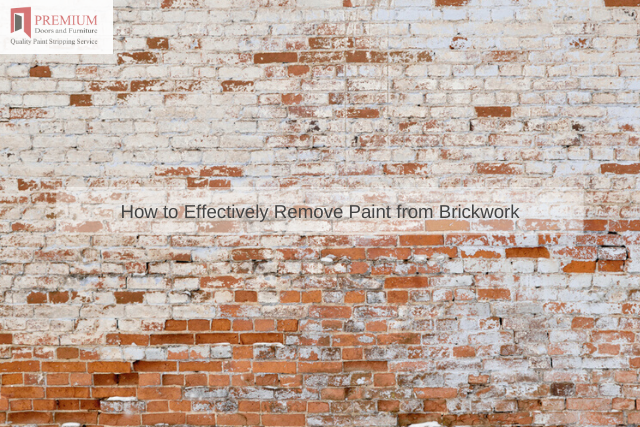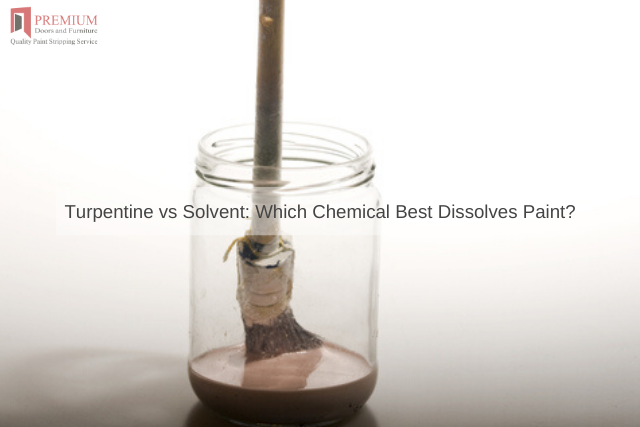Paint can be a tough substance to remove from brickwork. There are a number of ways that you may have seen people try to clean paint off their brick, but I am going to walk through the process that has been proven most effective for me over the years. It is important not only to be careful when removing paint, but also with how it will affect your brick in the future if you do not take care of it properly!

Know Which Type of Paint You are Dealing With
The first step is to identify what kind of paint you are dealing with. It may be worth taking a test spot and seeing if the paint comes off easily before trying to remove it from all over your brickwork, just in case! Brickwork paint is made to be very durable and stubborn, so we need to take the necessary time and care to remove it.
It is also worth checking if any finishing products have been applied to the brickwork. If so, do not attempt to remove it as these products will have been used for a reason and could damage your brick!
Mechanical Methods
One of the advantages of stripping paint from brick is that the underlying material is quite hard. Therefore, the use of a pressure washer is recommended.
These jets of water will help to loosen any paint on the surface and if you are lucky, no further chemical treatments will be required. Be sure to use a tip equipped with an angle at least 45 degrees, as extremely narrow jets may damage the underlying brick.
This method can also be used if you wish to strip paint from radiators or similarly durable objects.
Using a Paint Stripper
If the paint proves to be quite stubborn, you could elect to utilise a chemical paint stripper. Make certain that the solution in question will not harm the underlying brick in order to preserve the brickwork. It is also wise to employ these tools during the process:
- A scrub brush
- A putty knife
- Latex gloves
Assuming that the paint has been stripped, wash the brickwork with detergent and warm water in order to remove any solvent that may still remain.
In Conclusion
Painting brick is a great way to give your home an updated look. But, what do you do when it’s time for the paint job to come off? There are many different ways that homeowners can remove paint from their brickwork and not all of them will work as well on some types of bricks like others.
We recommend using our professional stripping services which removes old paint without damaging new ones or any other surfaces in your house! Contact the experts at Premium Door Stripping today if you need more information about how we can help with removing old paints or want to book an appointment for one of our professionals.





